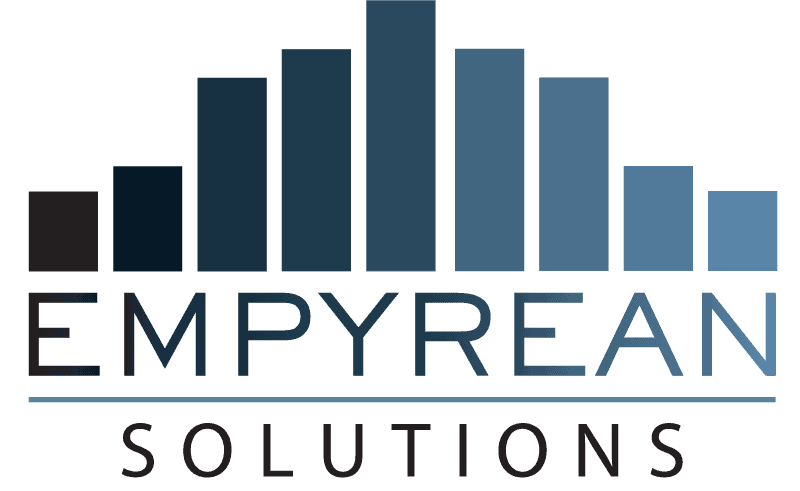
Getting the Most out of the Profitability Process
Brought to you by Empyrean Solutions

The banking industry is increasingly using profitability measurements and analysis tools, including branch, product, officer and customer levels of profitability analysis.
But a profitability initiative can be a considerable undertaking for an organization from both process and cultural perspectives. One way that institutions can define, design, implement and manage all aspects of a profitability initiative is with a profitability steering committee and charter – yet less than 20% of financial institutions choose to leverage a profitability steering committee, according to the 2020 Profitability Survey from the Financial Managers Society. Over the past 30 years, we have found that implementing a profitability process inherently presents several challenges for institutions, including:
- Organizational shock, due to a change in focus, culture and potentially compensation.
- Profitability measurement that can be as much art as it is science.
- A lack of the right tools, rules and data needed.
- A lack of knowledge to best measure profitability.
- A lack of understanding regarding the interpretation and use of results.
- An overall lack of buy-in from people across the organization.
The best approach for banks to address and overcoming these challenges is to start with the end in mind. The graphic below depicts what this looks like from a profitability initiative perspective. Executives should start from the top left and let each step influence the decisions and needs of the subsequent step. Unfortunately, many organizations start at the bottom right and work their way up to the left. This is analogous to driving without a destination in mind, or directions for where you want to go.

The best way for banks to work through the above process, and all the related nuances and decisions, to ensure the successful implementation of a profitability initiative is by creating and leveraging a profitability steering committee and related charter. There are three primary components of a profitability steering committee and charter. The first task for the committee is to define the overall purpose and scope of the profitability initiative. This includes:
- Defining the goals of the steering committee.
- Outlining the governance of the initiative.
- Defining how the profitability results will be used.
The committee’s next step is to define the structure of the profitability process, including:
- The employees or roles that will receive profitability results, based on the decisions to be made, the results they will identify, any needed metrics and reports and any examples of reports.
- The tool selection process, including determining whether an existing tool exists or if the bank needs a new tool, documenting system/tool requirements, creating the procurement process details and ownership of the tool.
- Deciding and documenting governance concerns that relate to profitability rules, including identifying the primary owner of the rules, the types of rules needed (net interest margin, costs, fees, provision or capital), the process for proposing and approving rules, any participants in the process and any education, if needed.
- Identifying the data needs and related processes for the initiative, such as the types of data needed, the sources and process for providing that data, ownership of the data process and the priority and timelines for each data type.
The committee’s final step focuses on the communication and training needs for the profitability initiative, including defining:
- A training plan for stakeholders.
- A communication plan that includes how executive will support for the initiative, a summary of the goals, decisions that need to be made, and any expectations and timelines, as well as details of the process, as needed.
- An escalation process for handling questions, issues or disputes, and the role that committee members are expected to play in the escalation process.
- The help and support, such as personnel and documents. that will be available.
Additional Best Practices
When creating a profitability steering committee and related charter, we have found it helpful to consider the following items as appropriate:
- If profitability results will be included as part of individual or team incentive compensation, be sure to work through the necessary details, such as process flows, additional reporting, required integration points and data flows, dispute management, additional education and training, among others.
- Consider aligning any metrics, approaches and reporting structures if the budgeting and planning process forecasts profitability.
- Document plans for assessing the profitability initiative over time.
- Finally, keep it suitably simple. Expect to be asked to explain the initiative’s approaches, details and results; the bank can always increase the precision and/or complexity over time.


